Émile Guillemin (1841-1907), "Profile of an Oriental Woman in Bronze with Patina and Enamels"
Gilt and patinated bronze, enamels, and wooden frame, 66 x 60 cm.
Period: Second half of the 19th century.
This Profile of an Oriental Woman, in bronze with a dark, polychrome patina, is an Orientalist masterpiece by the sculptor Émile Guillemin. The portrait of an Oriental woman, a rare subject in this artist's oeuvre, is embellished with a rich headdress, jewels, and coral beads. The frame is enriched with precious stone cabochons. His work, due to the quality of its execution and choice of subject, fully reflects the Orientalist taste of its time.
The oval composition on a decorated background, embellished with gilded bronze appliqués, was a popular decorative format for 19th-century luxury furnishings. The bronze is worked in relief and patinated with different shades.
The headdress is certainly the most significant and richly decorated part of the piece. Likely inspired by headdresses of Asian-Eastern origin, such as the Turkmenistan telpek or the Russian kokoshnik, it also visually recalls the tiaras worn by Byzantine rulers in the mosaics of San Vitale in Ravenna, typical of Orthodox iconography. Underneath the headdress, the woman wears a turban of Middle Eastern or North African origin, such as the hijab or khimar. The Orientalist subject is enriched by the presence of the large hoop earring, a common element in jewelry from non-European cultures and a distinctive iconographic symbol. Indeed, European women typically wore smaller earrings or drop-shaped pendants.
Biography
Émile Guillemin (Émile-Coriolan Hippolyte Guillemin) was a Belle Époque sculptor known for his bronze works and Orientalist subjects, active primarily in the second half of the 19th century.
He studied under his father, the painter Auguste Guillemin, and Jean-Jules Salmson, a French sculptor and medallist from a Swedish family, who was appointed director of the School of Industrial Arts in Geneva in 1876. Guillemin exhibited regularly at the Paris Salon from 1870 to 1899, receiving an honorable mention in 1897.
Émile is considered one of the great exponents of French Orientalism; his masterpieces, which demonstrate a profound interest in Asian and Middle Eastern cultures, are particularly well-known, appreciated for their high level of detail and the finesse of his bronze engravings.
Guillemin was a sculptor attentive to detail, the rendering of materials, the costumes, and the ethnographic characteristics of the people he portrayed. To give his sculptures a visual richness, he often chose to use polychrome bronze, decorated with different patinas and combinations of materials (marble, semi-precious stones for cabochons).




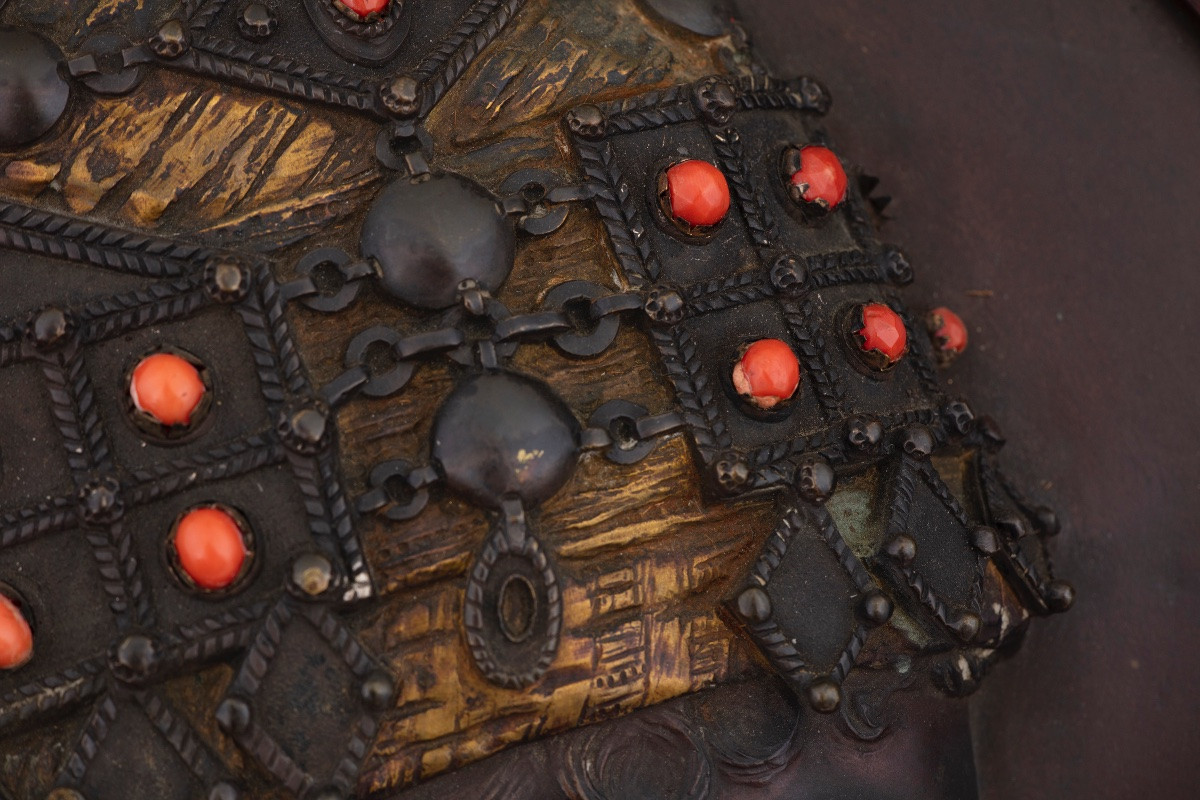

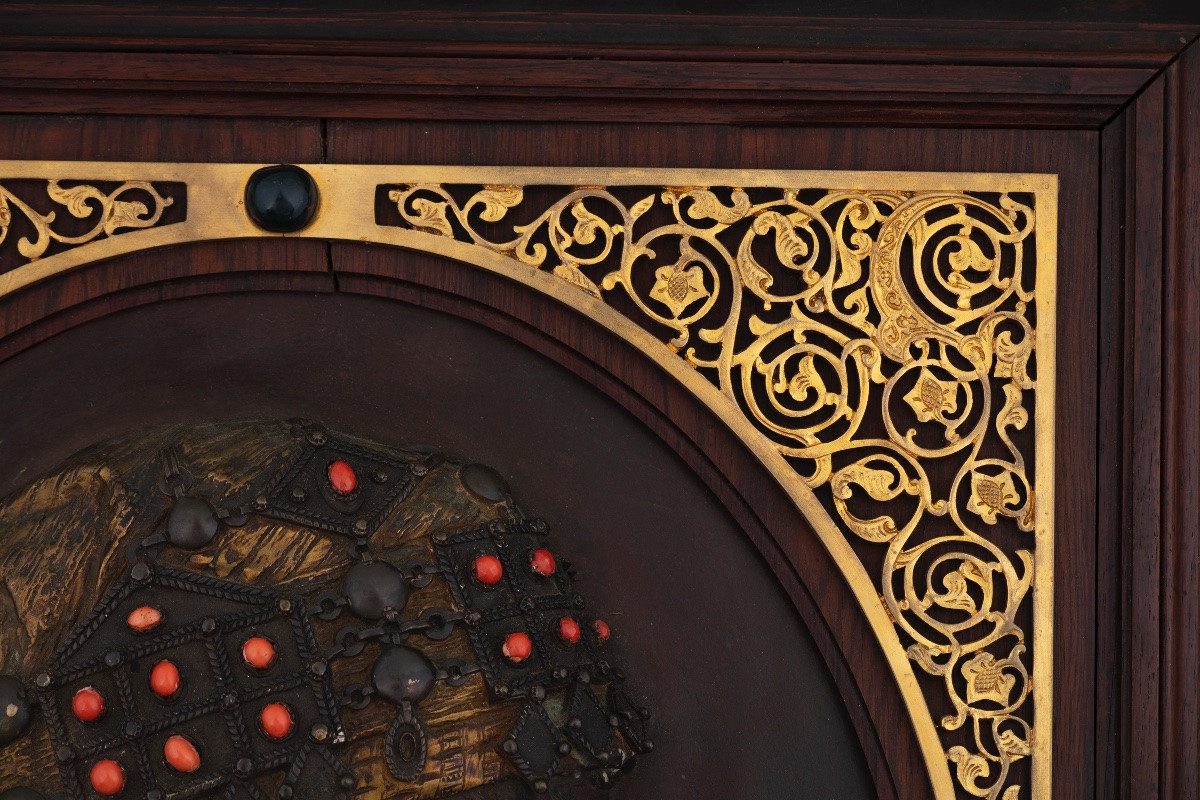





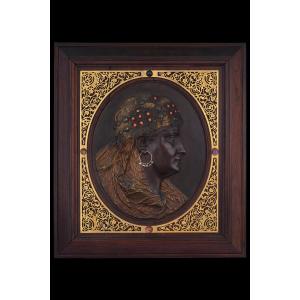











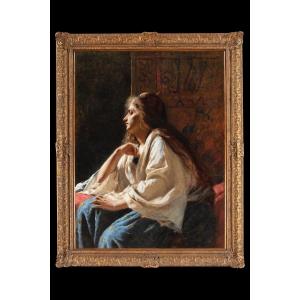

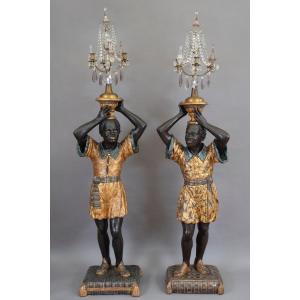

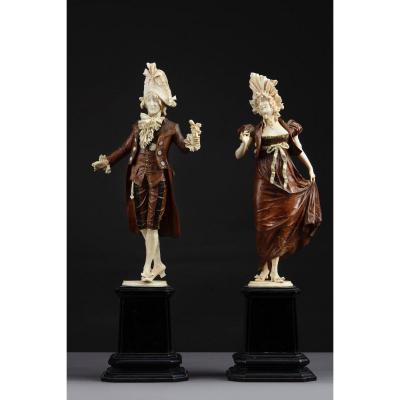

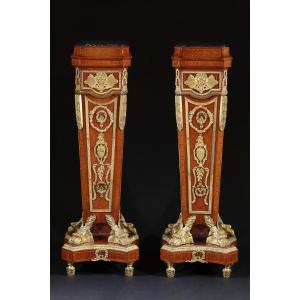








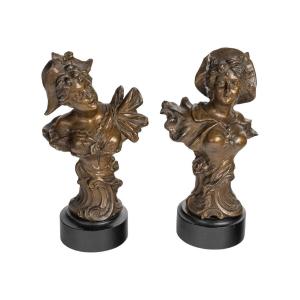
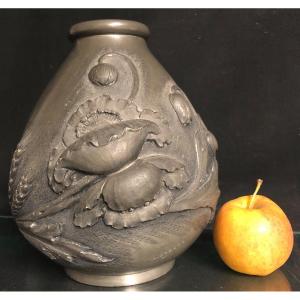





 Le Magazine de PROANTIC
Le Magazine de PROANTIC TRÉSORS Magazine
TRÉSORS Magazine Rivista Artiquariato
Rivista Artiquariato